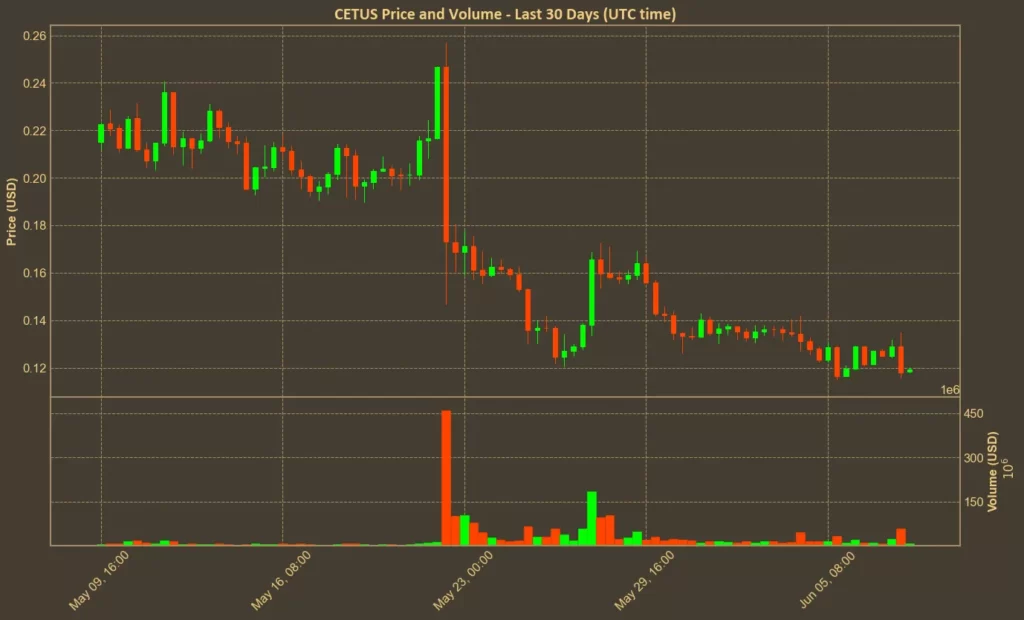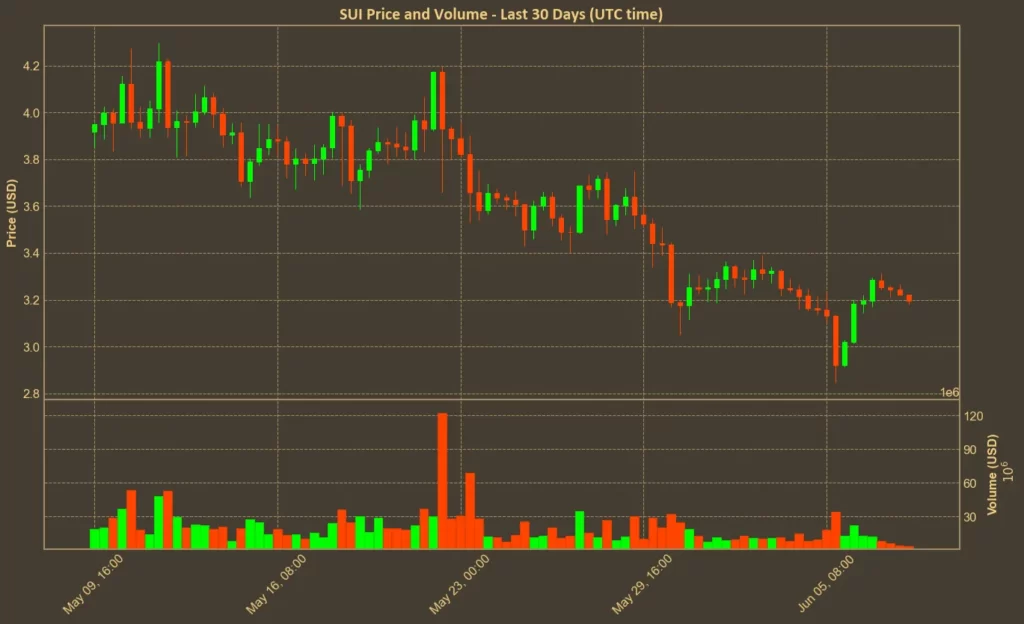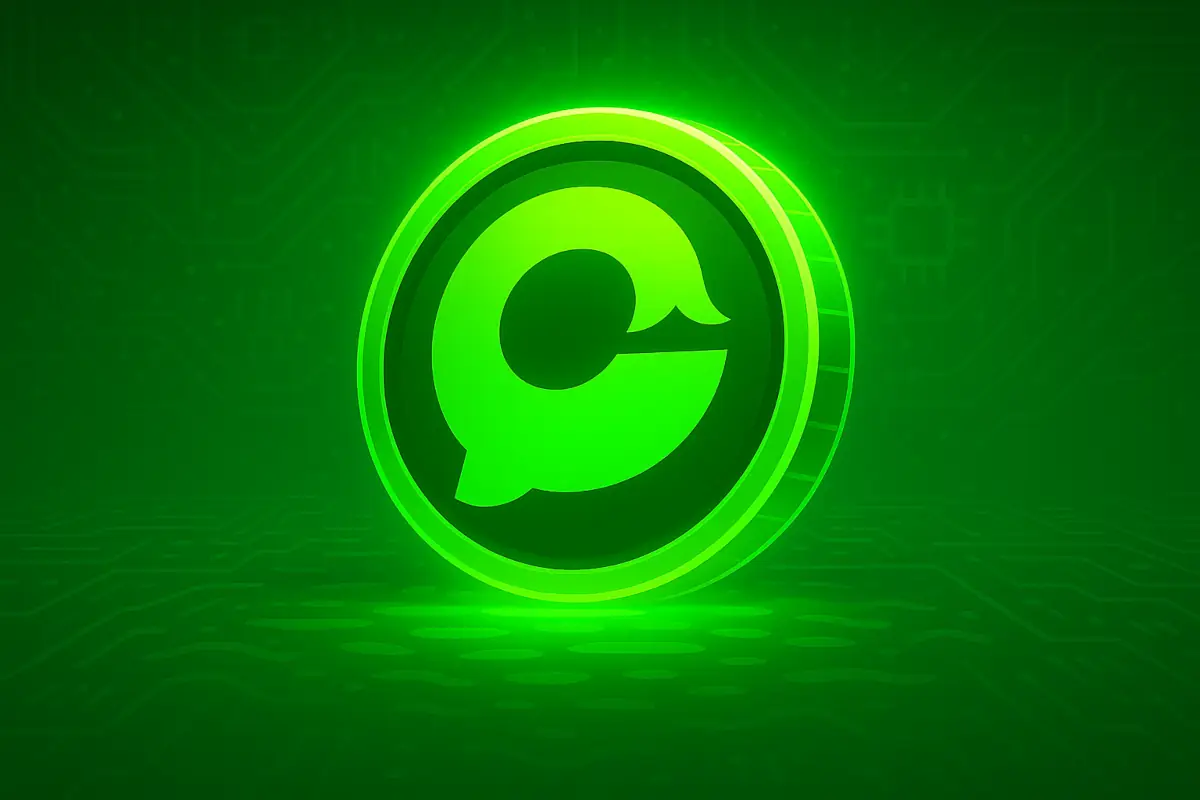After two intense weeks of rebuilding and coordination, Cetus Protocol has officially relaunched. The restart follows a wide-reaching recovery plan involving patched contracts, external audits, fund recovery, and a new compensation system for liquidity providers impacted in the May 22 exploit.
The restart was made possible by a community-driven on-chain vote, in which over 90% of Sui validators and stakers approved the transfer of frozen funds to a multisig wallet managed by Cetus, OtterSec, and the Sui Foundation. These assets, along with treasury reserves and a loan from the Sui Foundation, were used to refill the attacked liquidity pools.
Read also: Cetus Releases Full Incident Report After The Exploit
Table of Contents
What’s Changed
With the relaunch, all key features are now back online. Users can once again swap tokens, manage LP positions, and claim fees and rewards via the Cetus platform. The aggregator service had already returned days earlier, but now the upgraded CLMM pools have also resumed operations.
Liquidity providers from affected pools are receiving between 85% and 99% of their original liquidity, depending on the extent of damage to each pool. To make up the gap, Cetus has launched a compensation contract using 15% of the CETUS token supply – including all remaining unvested team tokens. Compensation will be unlocked over the next year, with 5% available immediately.
Token Drops Despite Relaunch
Despite the successful relaunch, the CETUS token fell more than 6% today, currently trading below $0.12 – lower than after the exploit itself. On a monthly chart, CETUS is down over 45%.

SUI also dropped around 2% on the day, bringing its one-month decline to roughly 20%. Charts show that May 22, the day of the Cetus exploit, marked the beginning of this downward trend.

Some community members have voiced concerns over how the recovery was handled. While the on-chain vote enabled the recovery process, critics argue that freezing attacker wallets and coordinating fund transfers through validator consensus goes against the ideals of decentralization.
Next Steps and Ongoing Efforts
Cetus emphasized that the relaunch is not the end of the process. Legal action continues against the attacker, with authorities in multiple jurisdictions involved. If additional funds are recovered, users may be offered the option to exchange remaining CETUS compensation for USDC. Later, any surplus would be used for CETUS buybacks and community treasury funding.
The team also laid out a roadmap for the months ahead. This includes further audits, upgraded monitoring tools, improved rate-limiting measures, open-sourcing of code, and a revised bug bounty program. New products are already in development, with more updates expected soon.
Cetus has framed the relaunch as more than a recovery – calling it a renewal of the project’s long-term mission. Whether the market agrees remains to be seen.




